

Standing amidst the unique rock formations of Utah will make you feel like you're on another planet! Follow us to this fascinating state full of spectacular landscapes and magical places.
| Capital | Salt Lake City |
| Area | about 220,000 km² |
| Population | about 3.1 million |
| Location | west of the USA |
| Nickname | The Beehive State |
| State animal | Rocky Mountain elk, California gull, Bonneville Cutthroat trout |
| Time zone | UTC −7 (Mountain) |
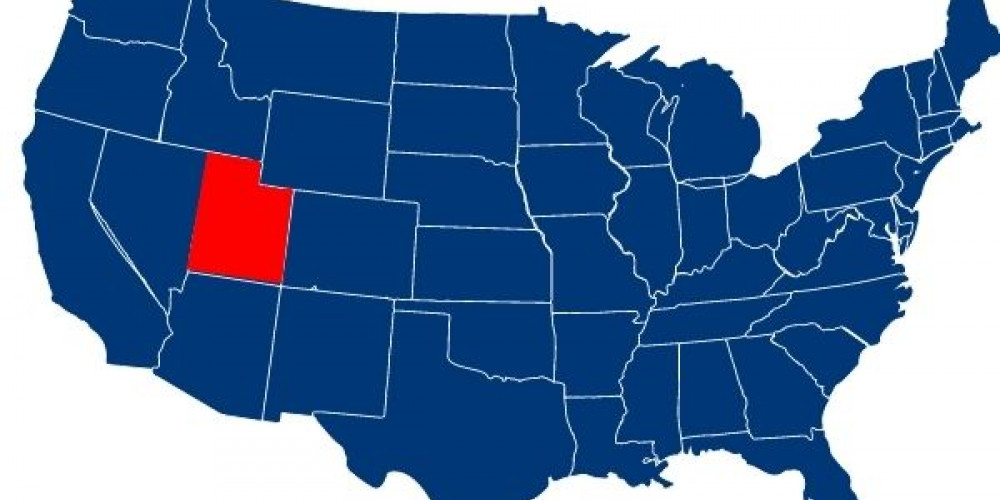
The landlocked state of Utah is situated amidst the mountain ranges in the west of the USA. The Beehive State, as Utah is also known, is surrounded by five other US states: Idaho and Wyoming to the north, Nevada to the west, Colorado to the east and Arizona to the south.
About 89% of Utah's 3.1 million inhabitants are whites, making the Beehive State one of the most ethnically homogeneous US states. The population largely descends from settlers from Europe: around 25% of Utah's inhabitants share English ancestry, followed by the descendants of Germans (11%), Irish (6%) and Danes (5%).
Utah is known worldwide for its large Mormon community. About 62% of the population identifies as Mormon, making Utah also one of the most religiously homogeneous states.
Utah has the highest fertility rate of all US states. In 2015, 2.29 children were born per woman.
Salt Lake City, where the 2020 Winter Olympics were held, is by far the largest and best-known city in Utah. The state capital is the center of a metropolitan area called Wasatch Front which lies below the western Wasatch Range and is home to about 88% of Utah's population.
Based on population, these cities make up Utah's top five:
| City | Population |
|---|---|
| Salt Lake City | 186,000 |
| West Valley City | 129,000 |
| Provo | 112,000 |
| West Jordan | 104,000 |
| Orem | 88,000 |
The US state of Utah does not have a coastline, but the great variety of its landscapes is more than worth seeing. Nature lovers will find everything their heart desires, from snow-capped mountains to dry deserts and canyons with rushing rivers to spectacular rock formations!
Although Utah is essentially characterized by its mountain and rock formations, they exhibit great differences: the Uinta Mountains, with Kings Peak, the state's highest summit, rise in the northeast. This mountainous region is also covered by large forest areas. Southern Utah, on the other hand, is dominated by the rugged rock formations along the Colorado River and its tributaries.
In central Utah, you'll find the Wasatch Range, a mountain chain of the Rocky Mountains. The peaks reach an altitude of more than 3,600 meters and are rich in snowfall, which makes them a popular location for winter sports. To the west of the Wasatch Mountains stretches the vastness of the Great Basin. The Great Salt Lake and the Great Salt Lake Desert are also located here.
Utah's extreme steppe climate will challenge you greatly: throughout the year, it varies between hot summers with temperatures around 30 °C and cold, snowy winter months in which the thermometer often drops below zero. Since the Sierra Nevada mountain range in the west largely blocks rain clouds coming from the Pacific Ocean from moving inland toward Utah, it is generally very dry in most of the state.
The most pleasant temperatures for exploring Utah occur from April through May and from September through October. However, the hot summer days contain the most spectacular highlights in Utah's event calendar
Nature lovers may want to plan their Utah vacation for the months of April and May. This is the perfect time to explore Utah's National Parks, while enjoying pleasant average temperatures between 12 °C and 18 °C. After your extended hikes, another highlight awaits you in Utah's night sky after sunset. The Beehive State is considered to be one of the ten best places for stargazing in the world due to its location and many open spaces!
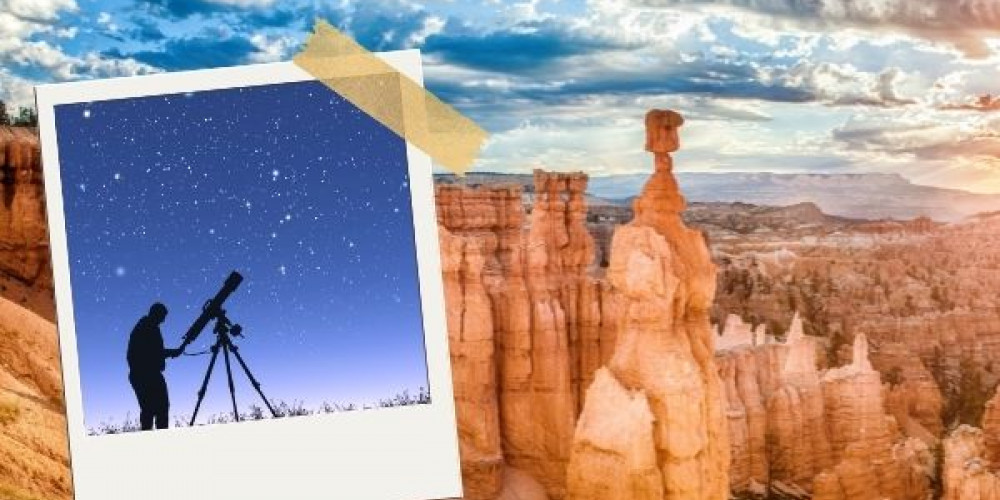
Summer in Utah will make you sweat, but it's worth it! In August, Bonneville Speed Week features a variety of vehicles racing through the spectacular landscape of the Great Salt Flats in pursuit of new speed records. As a contrast to this, the Sandy Balloon Festival offers you the chance to watch the colorful hot air balloon spectacle in the Utah sky every year in July.
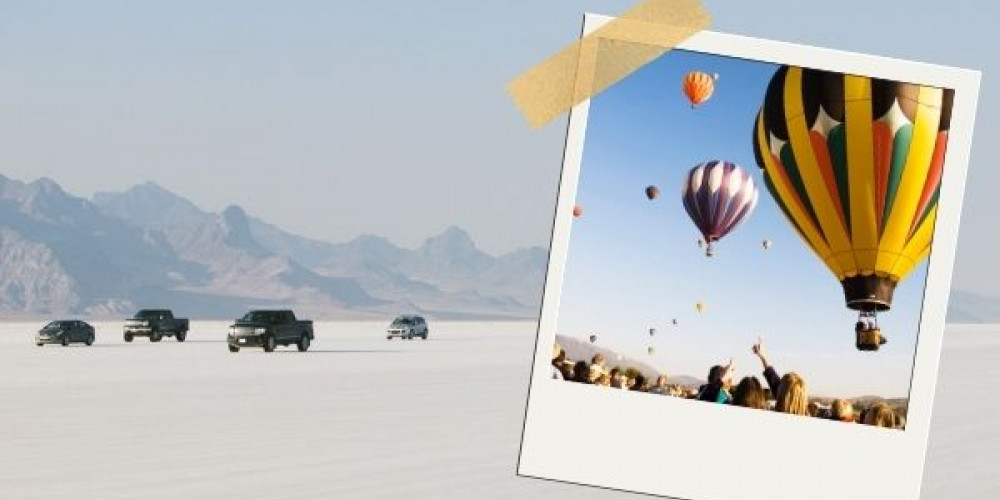
The only major air transportation hub in the state of Utah is Salt Lake City International Airport (SLC), where nearly 27 million passengers depart or land each year.
To get from Europe to Salt Lake City in Utah, you usually have to make one or two stopovers. From Frankfurt, for example, Lufthansa will take you to Salt Lake City with a stopover in Denver.
If you fly from London Heathrow to Salt Lake City, you also have to plan a stopover. Your route will then take you with Virgin Atlantic or Lufthansa via Chicago, Los Angeles or Denver.
Japan Airlines will take you to Salt Lake City with a stopover in San Francisco.
Plan on spending around €800 for your flights between Frankfurt and Salt Lake City. You can travel cheaper from London at a price of around €500 to €650. For flights from Tokyo, you should calculate at least €1,100.
You are not a US citizen or Green Card holder? If you are a citizen of one of the countries participating in the Visa Waiver Program (e.g. Japan, Australia and most EU countries), you can apply for ESTA. This allows you to stay in the United States without a visa for 90 days.
With an ESTA, you can stay 90 days visa-free in the USA. Apply online now!
Salt Lake City International Airport is located about 8 km west of downtown Salt Lake City. To get from the airport to your accommodation, you have the following transfer options:
The Utah Transit Authority (UTA) operates trains, light rail and buses from Salt Lake City International Airport that can take you to downtown Salt Lake City or the surrounding ski resorts.
The TRAX Green Line runs from the airport every 15 minutes on weekdays and takes you to midtown Salt Lake City for a ticket price of $2.50.
Some hotels offer express shuttle service for a fee. Shuttles depart from both airport terminals and serve Salt Lake City as well as surrounding towns such as Ogden, Park City, Provo and Orem.
Several cab companies are available at Salt Lake City International Airport to take you and your luggage to your first accommodation. For a ride to the center of Salt Lake City, you will pay between $20 and $25.
Utah is high on the bucket list of many USA travelers for one reason – they want to see the Mighty Five. Utah's five National Parks are truly magical places with unique rock formations that will take your breath away.
Utah's first National Park, Zion, is heaven on earth for hikers! From easy trails in the valley to challenging trails on the cliffs: Zion has everything an adventurer's heart desires. If you're an experienced mountain hiker, don't miss the chance to climb to the top of the famous Angels Landing rock formation.
Most of the highlights of the park with the mighty red rocks can be found in Zion Canyon, traveling along the Zion Canyon Scenic Drive. The Zion Mount Carmel Highway is also a road not to be missed: the viewpoints high above the valley will leave you speechless!
Tip: Parking is quite limited in Zion National Park. That's why a bus runs along the route of the Zion Canyon Scenic Drive from spring to fall. This way, you can get to all the important sights in an uncomplicated way.
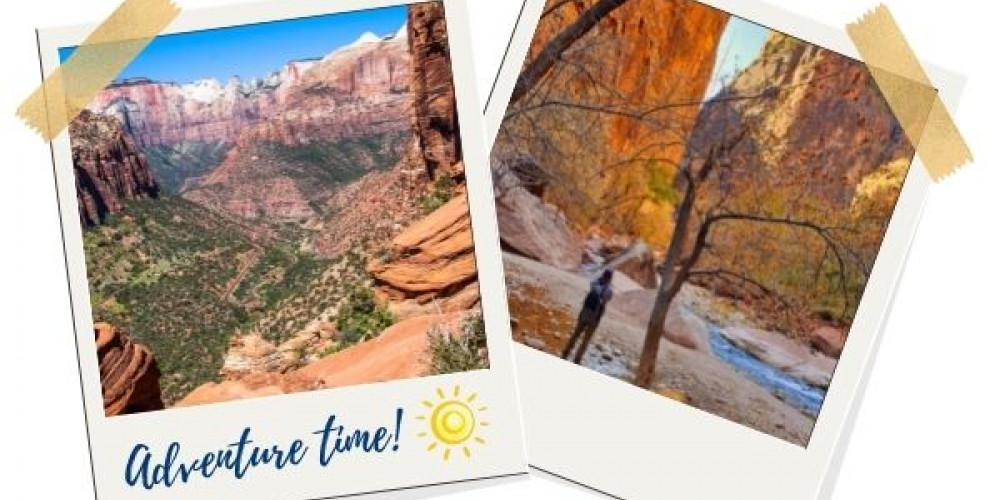
Bryce Canyon is not a mere canyon, but a natural amphitheater! Orange, brown, pink – the sandstone rocks of Bryce Canyon, called hoodoos, are rightly one of the most photographed motifs in western America.
Along the canyon, a scenic road leads you to the park's many viewpoints. However, to experience the hoodoo forest up close, you should leave the main route and take one of the many hiking trails.
Tip: As Bryce Canyon National Park is located at high altitude, snowfall occurs in the winter and also in the spring months. Even in summer, temperatures can still be quite cool. Therefore, pack some warm clothing for your discovery tours.
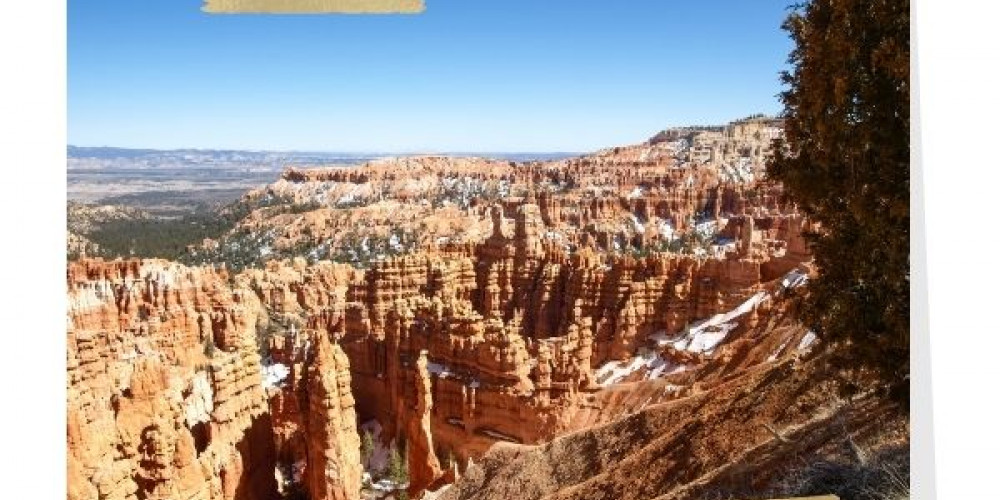
The rock arches from Arches National Park look familiar? Not a surprise, since the park's star, the nearly 20-meter-high Delicate Arch, is the symbol of Utah, and is even featured on the state's license plate!
If there are too many visitors crowding in front of Delicate Arch, don't worry: the park still has over 2,000 natural stone arches just waiting for you to be discovered and photographed!
Arches National Park has a variety of trails for hiking that lead to the most beautiful rock formations. These include Devil's Garden, Fiery Furnace, Double Arch, Park Avenue, Balanced Rock, the Windows, Broken Arch and Sandstone Arch.
Tip: Don't forget to pack your water bottle, because you won't find any stores in the park.
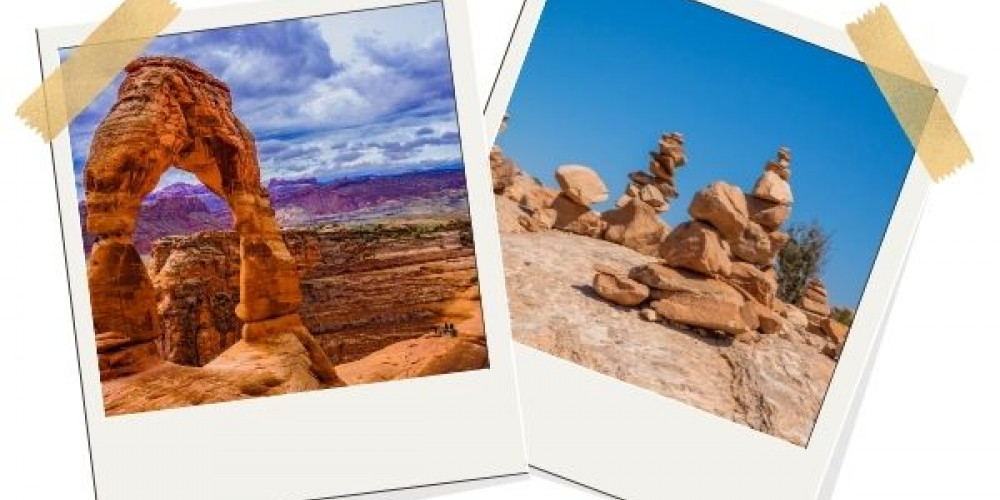
Canyonlands is characterized by a wild and untouched nature. Here, exploring becomes a little adventure, because you have to go on unpaved roads! However, you will be more than rewarded with a breathtaking view of the Colorado River and its tributaries.
The most visited part of Canyonlands National Park is Island in the Sky. From this spot, you'll get incredible views of the park's rugged canyon landscape and snow-capped mountains.
Tip for adventurous people: The White Rim Road takes you on a winding gravel road along steep cliffs down into the canyon valley.
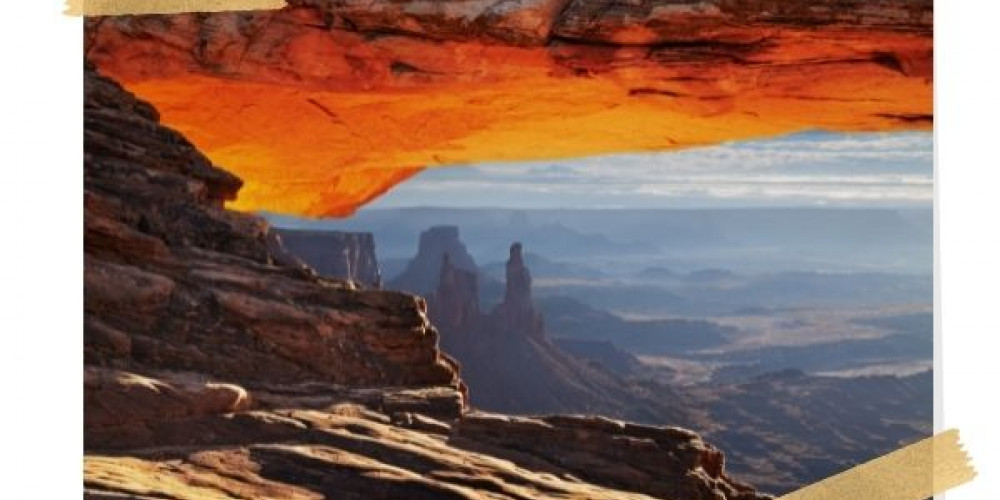
Located directly west of Canyonlands, Capitol Reef National Park offers a wonderful view of a giant wall of striped sandstone rising above the Fremont River.
The canyons, rock pinnacles, cliffs, arches, and gorges are an inspiration to any photography enthusiast. In addition to the beautiful Capitol Reef Scenic Drive, you'll also find a variety of hiking trails.
By the way: If you don't like crowds, Capitol Reef will be a refreshing experience for you, because the area sees far fewer tourists than Utah's other National Parks.
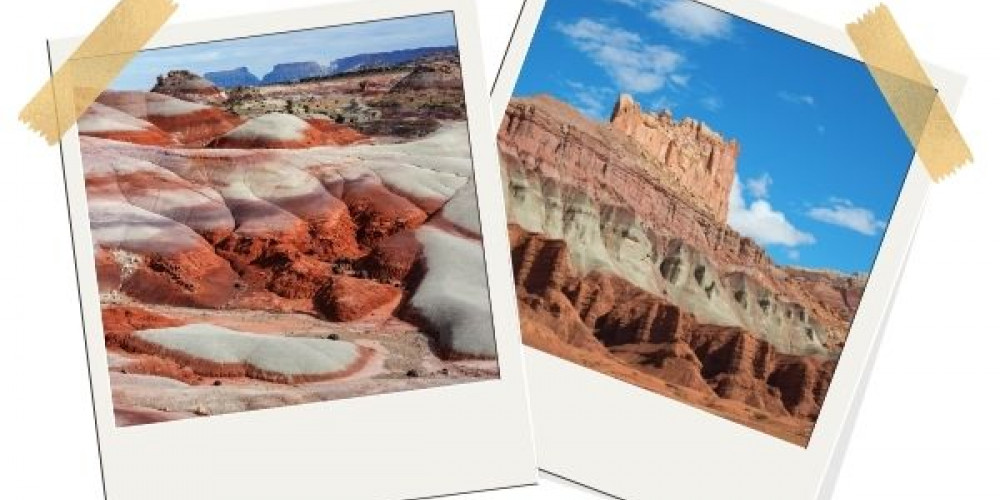
The National Parks in Utah are filled with amazing natural forms that you won't see anywhere else in the world. Take plenty of time to check out our top ten spots to see in Utah – you won't want to leave!
Although Utah is known for its spectacular nature, you should not miss these two city highlights:
Salt Lake City is not only located in the middle of Utah, it is also the economic and cultural heart of the state. This is where you will find the State Capitol of Utah, the largest Mormon temple in the world, and numerous museums and parks. The site of the 2002 Winter Olympics is also the place to go if you want to ski in Utah. Some of the best ski resorts in the USA (Alta Ski Area, Park City, Snowbird) are only about an hour's drive from the city.
Get inspired by these highlights in Salt Lake City:
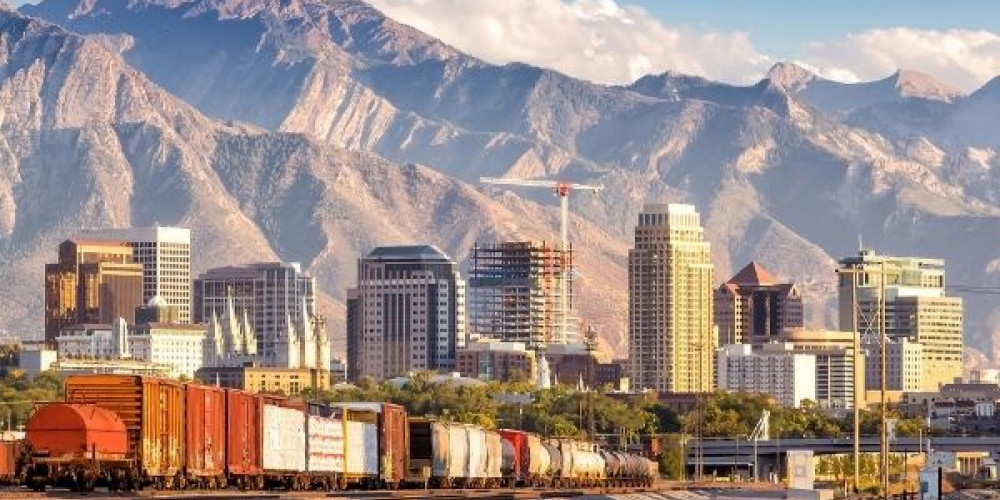
The city of Moab is all about sports! It is ideally located at (roughly) equal distance from Arches National Park, Canyonlands National Park and Dead Horse Point State Park. This makes Moab the perfect starting point for adventurers to go hiking, biking, rafting or exploring the area off-road. In spring, Moab is regularly taken over by mountain bikers, who venture out on the legendary and difficult Slickrock Trail with its stunning scenery.
These city highlights are waiting for you in Moab:
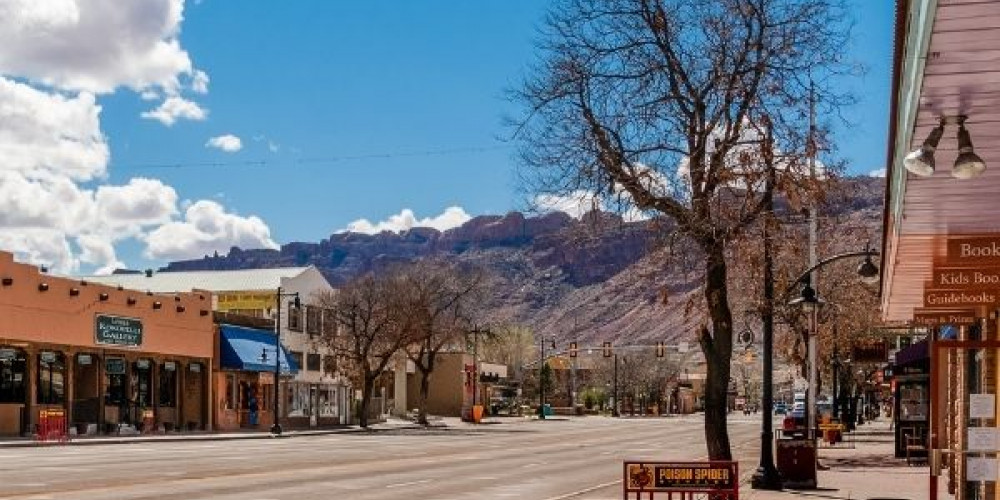
After visiting Utah's "Mighty Five" National Parks, you still haven't seen all the natural wonders of this fascinating state. Therefore, we recommend that you also include these extraordinary places as stops on your Utah road trip:
We probably don't need to introduce you to Monument Valley: apart from the Grand Canyon, the Monument Valley Tribal Park is the most visited and rock formation in the USA. You will have a fantastic view of this symbol of the American west from the headland that overlooks the valley. The 20 km long Valley Drive leads you between the buttes and offers great photo opportunities.
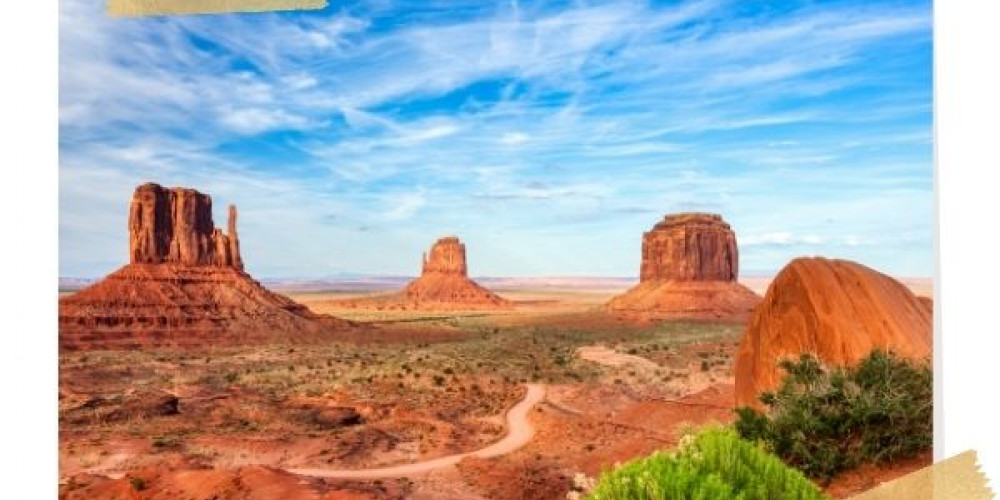
Just outside the town of Moab, you can enjoy one of the best views of the Colorado River: Dead Horse Point overlooks the meandering river where it takes wide turns. By the way, this is also where the spectacular final scene of the movie "Thelma and Louise" was filmed.
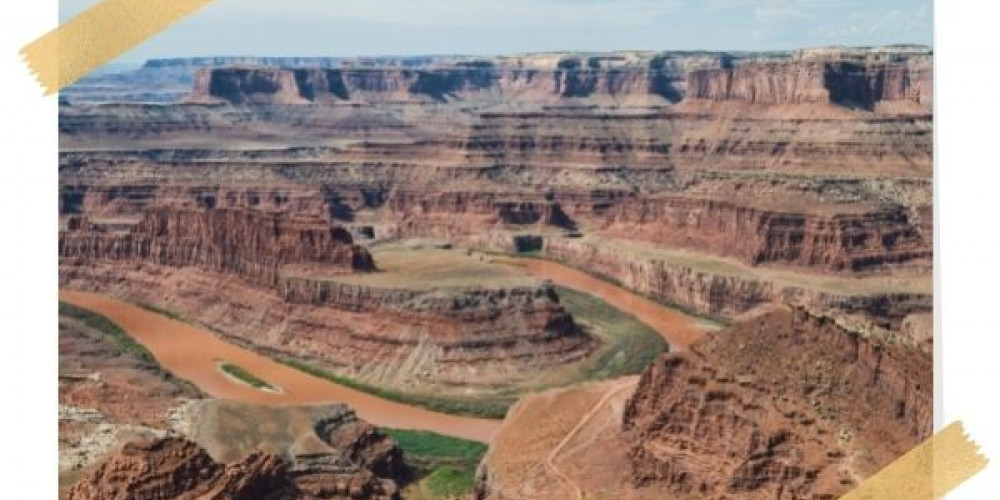
Great Salt Lake is another landmark of the state of Utah and the namesake of Salt Lake City. It is five times saltier than the ocean – too salty for fish to live in, but life thrives on the shores of the largest lake west of the Mississippi!
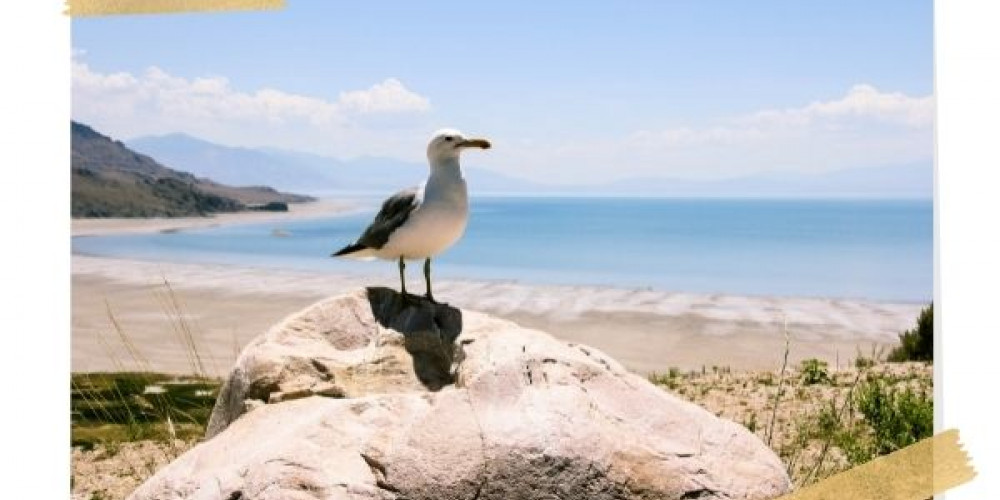
Last but not least, a tip out of the series, as it is not a natural wonder: if you are in Salt Lake City, you should definitely walk through Temple Square. Here, you will stand in front of one of the most remarkable buildings in Utah. The Mormon Temple of Salt Lake City was built in the late 19th century, and is the largest of its kind in the world. Although only members of the Mormon religion are allowed to enter the temple, it is still an eye-catcher that you should take a close look at.
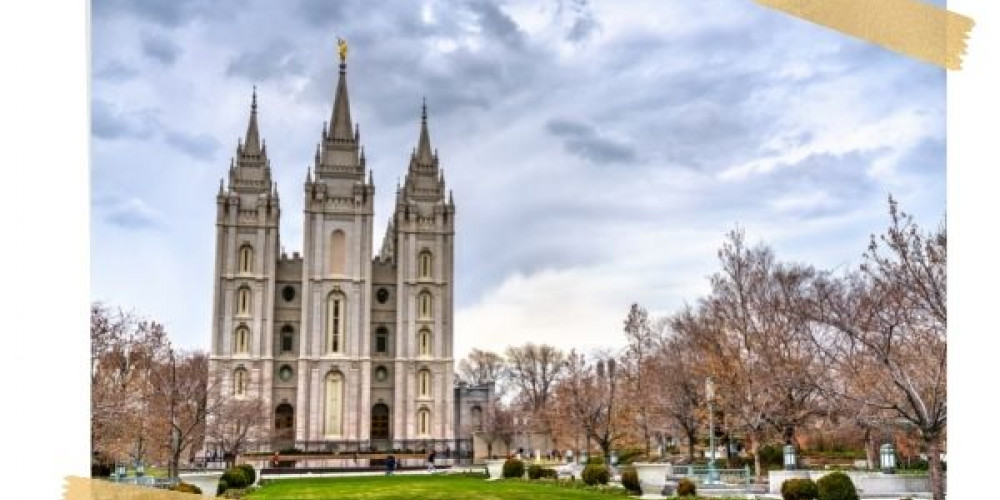
Utah will provide you with many unforgettable impressions. The best thing to do is not only capture your experiences, but also share them with your friends and followers. You don't have to look far for a great location for your Instagram photos in Utah, but these five places will surely give you awesome pictures:
Feeling hungry after all that hiking and outdoor sports? Then indulge in these regional favorites in Utah:
The state of Utah fascinates you so much that you just have to know more about it? We've tracked down a few more interesting facts:
The magical landscapes of Utah have enchanted you so much that you want to stay? Check out our information on living and working in Utah for some tips on how to make your dream of immigrating a reality.
Major industries in Utah include mining, ranching, salt production, and government services. In the eastern part of the state and near Salt Lake City, the oil industry is also important. Due to the many National Parks and popular ski resorts, there are also many job opportunities in tourism.
Thanks to its dynamic and innovative economy, Utah was ranked number one in Forbes' list of "Best States For Business" in 2014. Particularly around Salt Lake City, you'll find well-paying jobs and high-tech companies. Utah also ranks first among all US states in terms of "friendliness to small businesses."
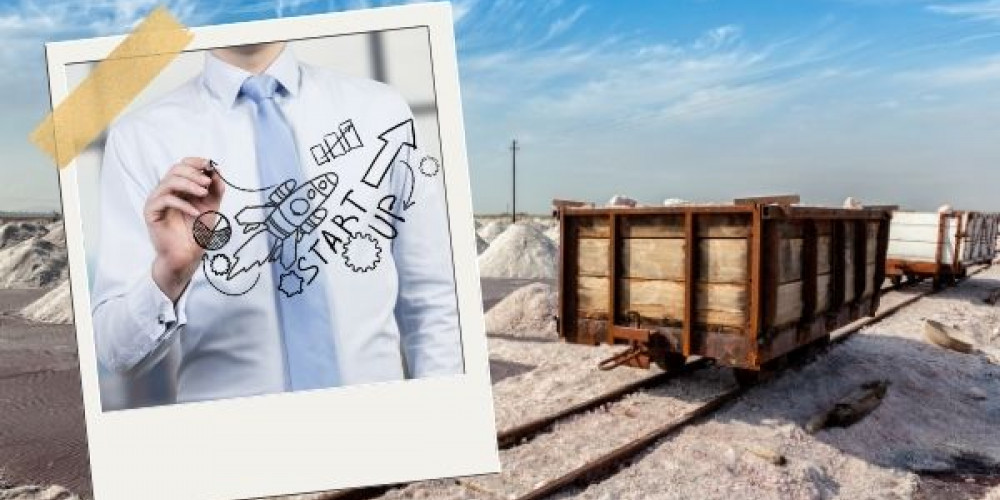
According to the US Cost of Living Index, the living costs in magical Utah are about 11% higher than the American average.
Housing in particular is a high cost factor, with prices higher by an average of 46% in Utah, and as much as 70% higher in the capital, Salt Lake City. In the sports mecca of Moab, you live only 3% above the US average.
If you're planning to move to Utah and buy a home, you'd better hurry: the state's current economic boom is causing real estate prices to rise steadily!
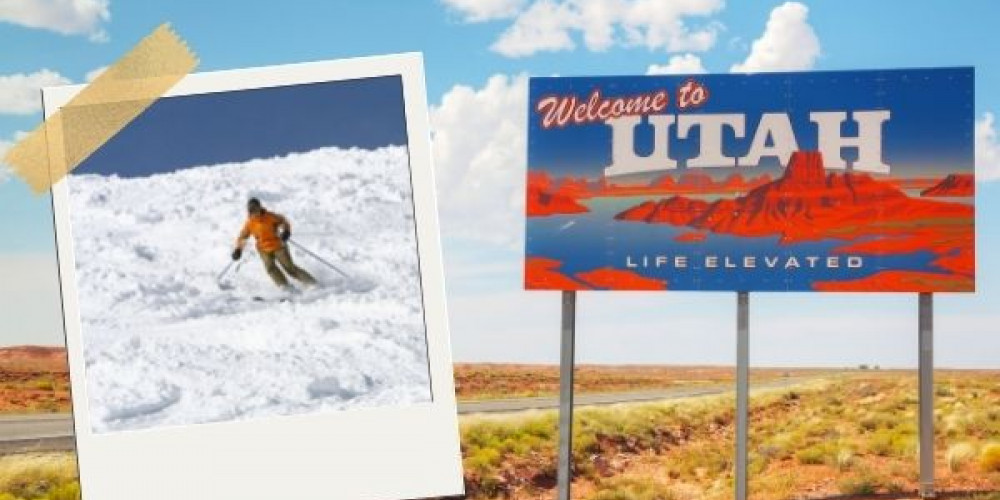
Your decision to emigrate to Utah has been taken and the only thing missing is a Green Card? If so, we recommend the Green Card Lottery as a fast and uncomplicated way to get hold of one of the desired cards. Through the lottery, the US government gives away a total of 55,000 Permanent Resident Cards for the USA every year. Why not try your luck right now?